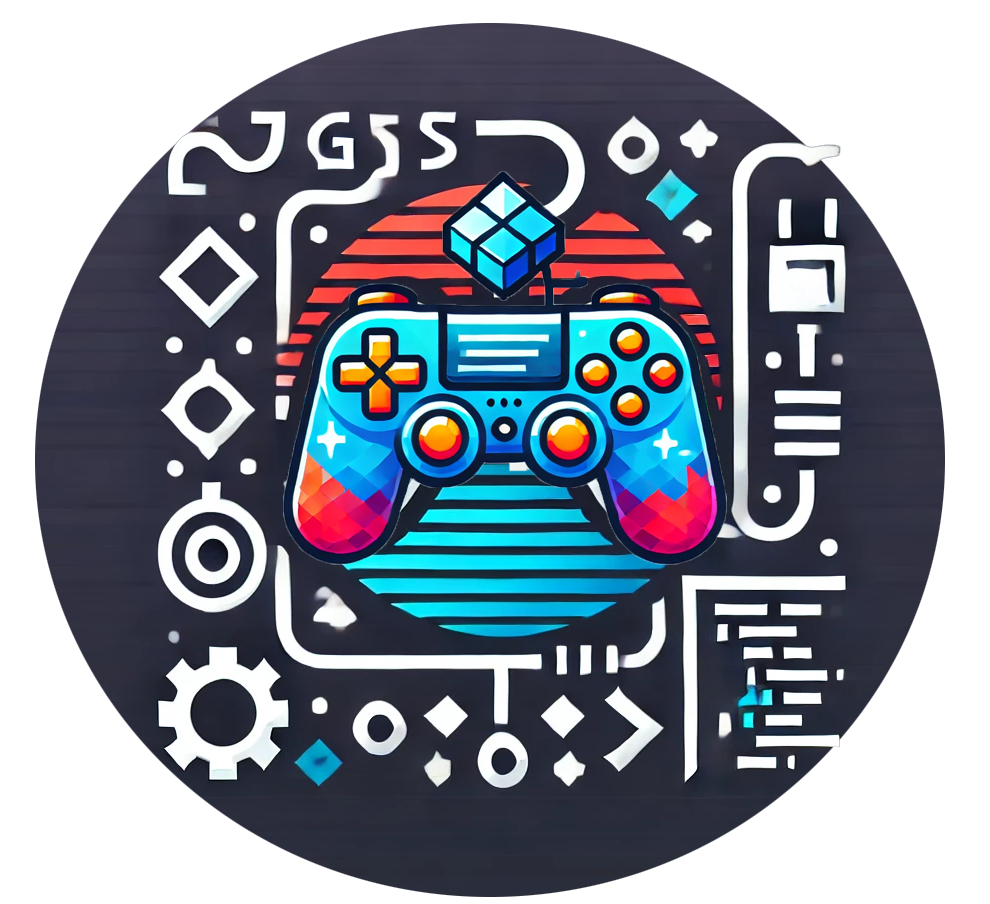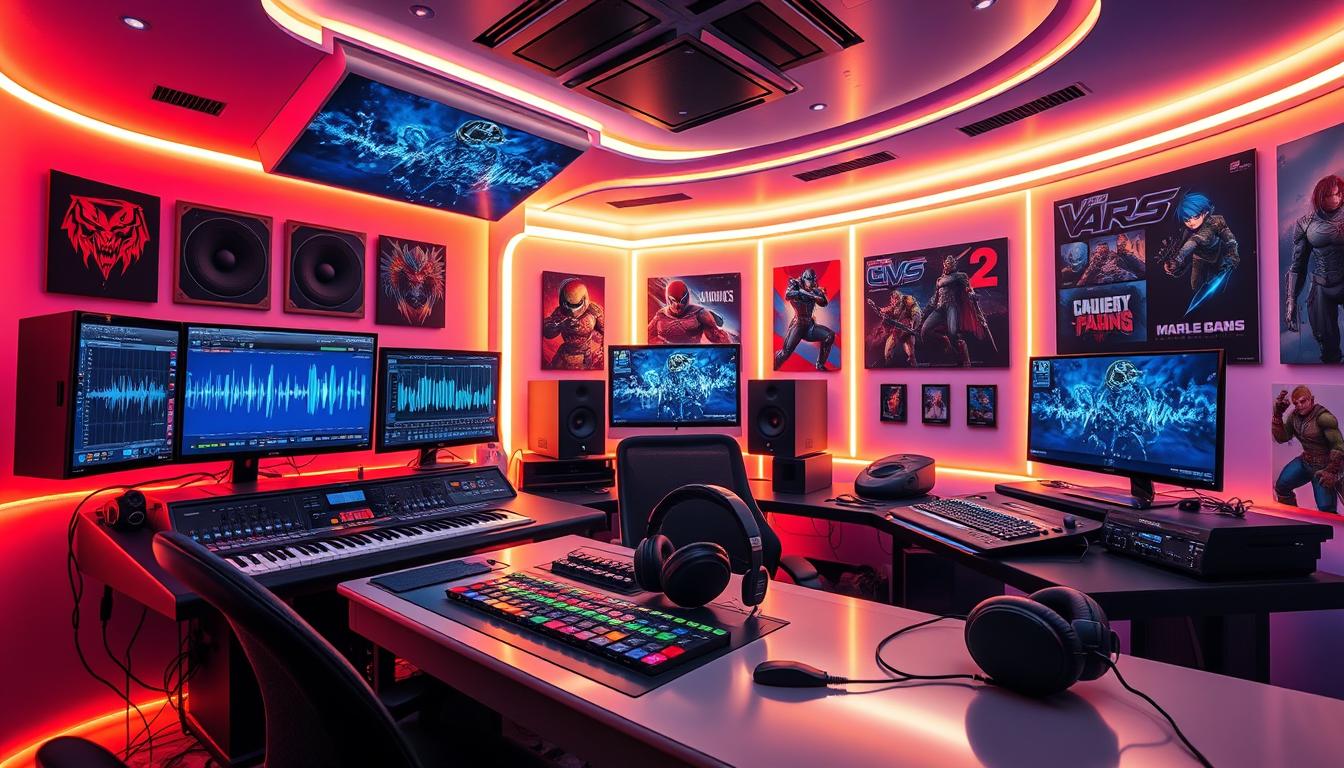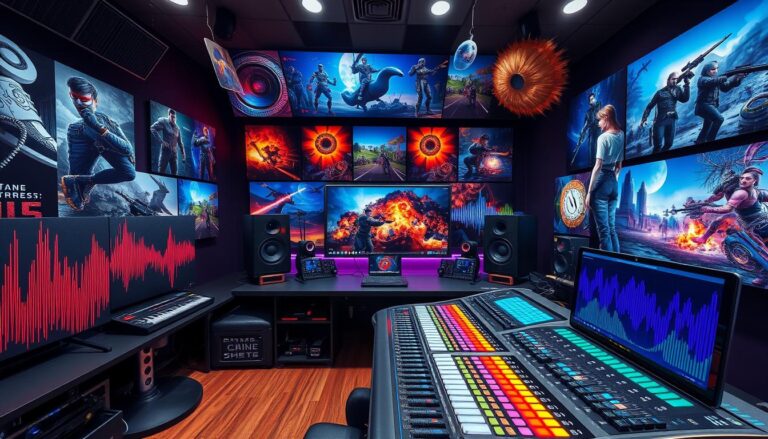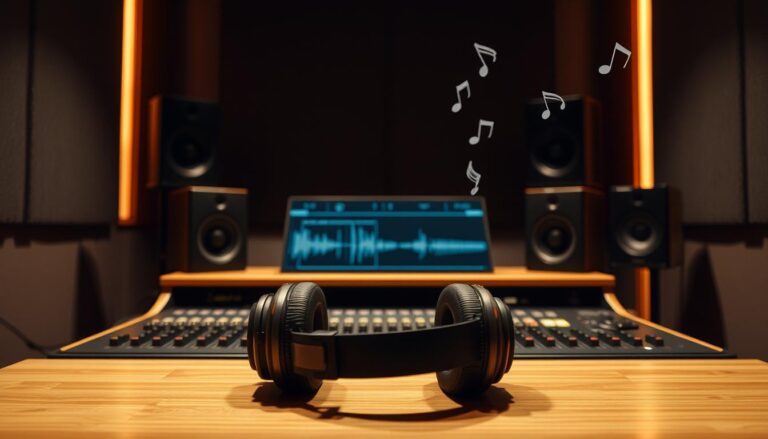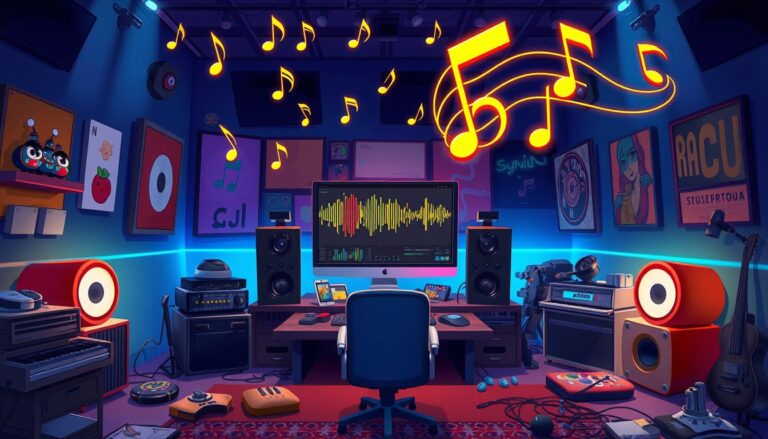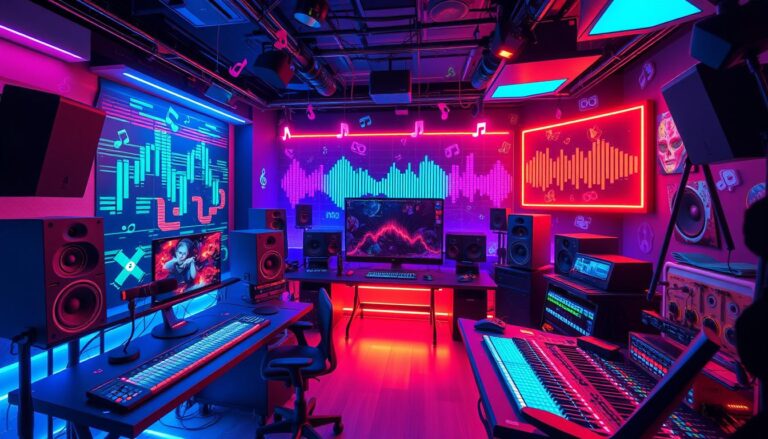What Are the Essential Skills for a Game Sound Designer?
Game sound designers are key to making games feel real and exciting. They add audio that makes the game world come alive. This includes music and sound effects that make players feel like they’re part of the action. To do well, they need skills in creativity, technical know-how, and teamwork.
At the core of their work is knowing how to use sound design software like Pro Tools and Logic Pro. These tools help them work with audio, make music, and add sound effects to games. They also need to understand audio principles to create sounds that feel like they’re all around you.
But it’s not just about knowing how to use software. Game sound designers also need to be creative and musical. They must be able to write music, create unique sound effects, and make audio that fits the game’s story and mood. They need to know the game’s style, themes, and who it’s for.
Good communication and teamwork are also important. They work with the game’s team to make sure the audio fits perfectly. This means managing audio files, fixing problems, and sharing ideas during game development.
By honing these skills, game sound designers can make audio that draws players in and makes games better. Their work can even win awards, making games unforgettable for players.
Understanding the Role of a Game Sound Designer
Game sound designers are key in creating the audio that pulls players into virtual worlds. They make sound effects, background music, and voice-overs. These elements work together with the game’s visuals and actions to make the player’s experience better.
Core Responsibilities in Game Audio Production
Sound designers work with other team members to make sure the game’s audio works well. Their main tasks include:
- Searching through sound effects libraries and recording custom sounds
- Editing, processing, and mixing audio with tools like Pro Tools or Logic Pro
- Putting the audio into the game engine, making sure it sounds right
- Fixing audio issues to meet both technical and creative standards
Impact of Sound Design on Player Experience
The sound in a game greatly affects how immersed players feel. Good sound design can make in-game moments more emotional. It also helps players navigate and gives them feedback. Sound designers aim to make the audio and visuals work together perfectly, creating a rich experience for players.
Collaboration with Development Teams
Game sound designers team up with many others, like game designers and music composers. This teamwork makes sure the game’s audio is top-notch. They also join playtesting to get feedback and tweak the audio as needed.
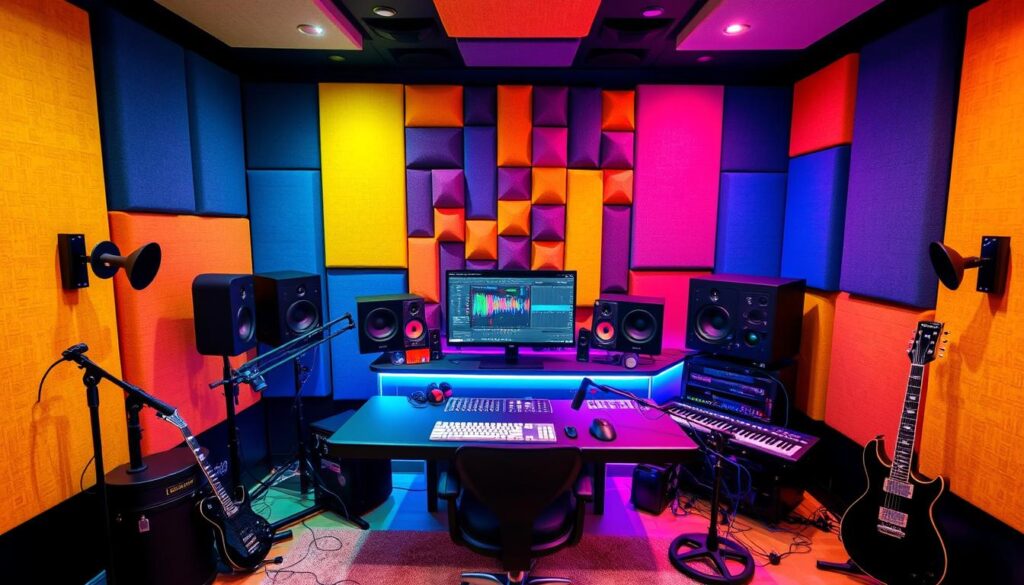
Fundamental Technical Knowledge and Audio Principles
Creating an engaging game soundscape needs a strong base in audio and tech. Game sound designers must know sound physics well. This includes frequency, amplitude, and waveforms, and how sound acts in different places.
Knowing how to use digital audio workstations (DAWs) is key. These tools help sound designers edit, mix, and process audio. Whether it’s Audacity, Reaper, Pro Tools, or Logic Pro, getting good at these programs is important. It helps in making the sound effects and ambiances that make a game’s world come alive.
Having a sharp ear for detail is crucial. This comes from listening closely and studying sound design in games. Knowing how to layer, balance, and adapt audio for games is essential. It helps in making soundscapes that fit perfectly with the game play.
- Understand sound physics concepts like frequency, amplitude, and waveforms
- Develop expertise in using digital audio workstations (DAWs) for audio editing, mixing, and processing
- Cultivate an acute sense of hearing through active listening and analysis of sound design in games
By getting good at the basics of sound and audio, game sound designers can make soundscapes that draw players in. These soundscapes can make the game more exciting and enjoyable.
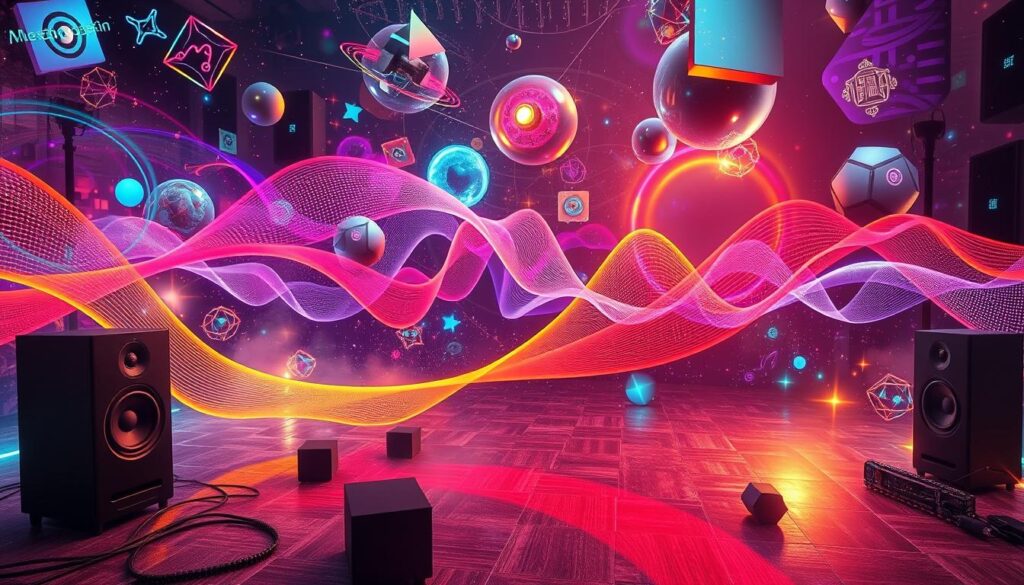
Game Sound Design and Audio Effects Mastery
As a game sound designer, you’re key in making sound effects that pull players in. You create everything from background sounds to character voices and environmental noises. Your work is crucial for making games more engaging.
Creating Immersive Sound Effects
Making sound effects that feel real and exciting is a big part of your job. You need to know a lot about audio and how to make sounds. Using foley effects, spatial audio, and sound synthesis helps you blend audio with the game’s visuals and story.
Working with Sound Effects Libraries
Sound designers often use pre-made sound libraries to save time. Learning to use these libraries well is important. It lets you quickly build detailed soundscapes for games.
Foley Recording and Implementation
Foley recording is about capturing real sounds for games. You need to be good at recording, editing, and adding these foley effects to games. This makes the game feel more real and engaging.
Game sound design is all about combining technical skills, creativity, and knowing how players think. By improving these areas, sound designers can create audio that really draws players into the game’s world.
Professional Software and Tools Expertise
Game sound design needs a deep understanding of top software tools. You must know how to use digital audio workstations, game engines, and audio platforms. This knowledge is key to making audio experiences that pull players in.
Digital audio workstations (DAWs) like Logic Pro and Pro Tools are at the heart of a sound designer’s tools. They let you edit, mix, and process audio with precision. These tools help you create and shape audio, giving you control and creativity.
Knowing game engines like Unreal and Unity is also crucial. They help you add sound effects, music, and dialogue into games. This way, sound designers can make their audio come alive in the game world.
Audio implementation software and middleware, like FMOD Studio and Wwise, add advanced features. They help create detailed soundscapes and spatial audio effects. Being good with these tools is important for making audio that draws players in.
For sound designers to stay ahead, they must keep learning and adapting. The industry is always changing, so it’s important to know about new audio software, game engines, and audio implementation tools. This keeps their skills sharp and their audio experiences top-notch.
Building a Professional Portfolio and Network
Creating a strong game audio portfolio is key to showing off your skills. It should include a variety of audio samples like ambience, soundtracks, and sound effects. A well-made portfolio can really boost your career.
Creating Diverse Audio Samples
Try to have a portfolio with 4 to 10 tracks in different styles, each about a minute long. This shows your versatility as a composer. Also, include game jam projects and collaborations to show your adaptability.
Industry Connections and Networking
Networking in the gaming world is vital for more opportunities. Going to game development events and meetups is a great way to meet others. You can also use social media to connect with industry folks.
Online Presence and Personal Branding
Having an online presence and personal brand can make you more visible. A good website to showcase your work can help you stand out. Consider having different websites for music and sound design. Also, join online forums and social media to get feedback and improve.
